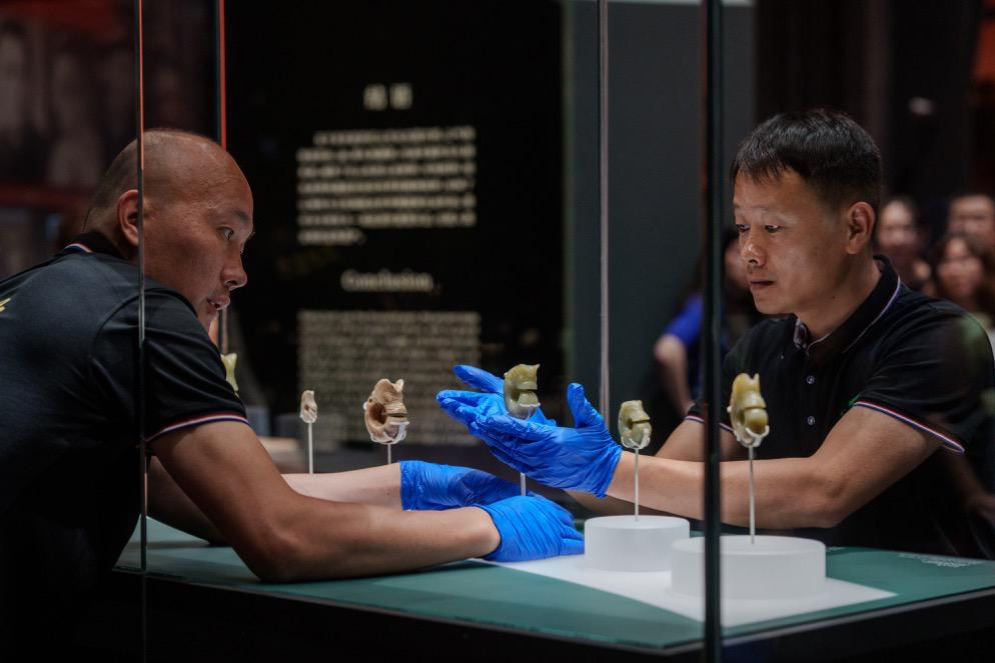China's earliest multi-grid layout of ancient city discovered

ZHENGZHOU -- Chinese archaeologists announced Wednesday that they have discovered the country's earliest multi-grid city layout at a large relics site that dates back 3,500 to 3,800 years.
The ruins of parallel roads and walls were found at the Erlitou Relics site, which served as the capital city for the middle and late periods of the Xia Dynasty (around 2070 BC-1600 BC), China's earliest dynasty ever known, in Yanshi city, Central China's Henan province.
"The newly discovered criss-cross roads and walls divide the ancient capital of Erlitou into many square and regular grids, with the palace area located at the center of the multi-grid layout," said Zhao Haitao, with the Institute of Archaeology of the Chinese Academy of Social Sciences, who heads the excavation team.
"This is the earliest multi-grid layout of ancient capital cities ever discovered in China," Zhao added.
Discovered in 1959 by late historian Xu Xusheng, Erlitou is of great reference value for studying the origin of Chinese civilization, the rise of kingdoms, the regulation of ancient capitals and other major issues related to the development of Chinese civilization, according to Chinese archaeologists.
- CPC members work against the clock to restore normal life in rain-hit Hunan
- Ceremony commemorates legendary ancestor of the Chinese civilization Fuxi
- Former KMT chair leads Taiwan delegation to honor Fuxi, Chinese culture
- Shanghai conference discusses occupational mental health in China
- Qingdao Summit strengthens global ties through multinational cooperation
- Chinese vice-premier calls for championing humanity's common values, promoting multipolar world





































